The club experience is the ultimate good news, bad news situation in the jazz world. The best ones offer great music at reasonable prices, feature at least two and often three sets, have a staff that understands the importance of not badgering the audience for food or drinks while magic is happening on the bandstand, and are owned and operated by patrons who don't try to shortchange the musicians.
The bad ones are well known, They're those places where musicians have to battle both clueless staff and a clientele more interested in gossip and idle chatter than music, where the prices of food and drinks constantly escalate, and where on a good night you MIGHT get two decent sets. Unfortunately, many major cities have more of the latter and not enough of the former (and not just as far as jazz is concerned). Still, there are some places that are special for music lovers, and in particular for fans of great improvisational sounds.
These are five prime choices, and we could easily have included another 30 or 40. But we were seeking with these selections a combination of tradition and continuity (unfortunately several celebrated big-name places are no longer in existence). While the pandemic certainly hurt the live jazz market as much, if not more, than any other idiom, there are signs that things are slowly rebounding nationwide.
Our selections are not being ranked. We've been fortunate enough to have attended shows at a couple of these, but sadly not all of them. We're certainly hoping to make it to the ones we haven't yet visited, and we'd recommend a concert at any of them.
1. The Village Vanguard - (Seventh Avenue South, Greenwich Village, New York City)
Arguably the most famous club in modern jazz history, it began operation on Feb. 22, 1935. Though its original owner Max Gordon intended it to be a site for folk music and poetry, it shifted gears to jazz in 1957 and has since been a beacon for cutting edge sounds and contemporary developments. Appearing at the Vanguard is a mark of achievement and status, and some of the music's finest LPs were recorded there.
The list of seminal jazz musicians who've made classic LPs there during the '50s, '60s, and '70s include John Coltrane, Sonny Rollins, Thelonious Monk, Art Pepper, Cannonball Adderley, Dexter Gordon, Rahsaan Roland Kirk, and Tommy Flanagan. From 1965 -1990 the Thad Jones-Mel Lewis Orchestra held regular Monday night performances at the Vanguard, and currently, their successor, now called the Vanguard Orchestra, continues that tradition.
More recently, Wynton Marsalis recorded enough material for a seven-disc "Live at the Vanguard" set in 1999. Ravi Coltrane celebrated the music of his famous father with a 2013 performance. Two years ago the dynamic vocalist Cecile McLorin Salvant cut several of the songs from her LP "Dreams and Daggers" at the Vanguard. It won the Grammy Award for Best Jazz Vocal Album. The club remains open today, though there were rumors (fortunately they proved untrue) that the pandemic might force the club to close.
Its original owner Max Gordon died in 1989. The day after his death the club was temporarily closed by his widow, Lorraine Gordon. But she reopened it the next day and continued to run it until her death in 2018.
Birdland Jazz Club- (Original location 1678 Broadway, New York City, 1949-1965. Second location 2745 Broadway, New York City. Present location 315 West 44th Street, New York City.
2. Birdland
Birdland in all its incarnations has been a shrine to modern jazz, though the present club has evolved a bit in terms of its offerings. The original club championed bop and was christened as "Jazz Corner of the World." It also was home to many memorable recording sessions by legendary musicians, among them Art Blakey, John Coltrane, Miles Davis, Count Basie, Dizzy Gillespie, and Thelonious Monk. George Shearing's composition "Lullaby of Birdland" in 1952 became its unofficial anthem. While it featured the usual intimate seating arrangement, it also had enough space to comfortably present a big band.
Sadly, the person for whom it was named, Charlie Parker, didn't play very much at Birdland. Its original owners were Irving Levy and Morris Levy, but Oscar Goodstein actually ran the club. The original Birdland in its heyday was a magnet for celebrities in the arts and sports as well as attracting the top bands and artists.
Their emcee was Pee Wee Marquette, known for his on-stage flamboyance and diminutive (four feet) stature, though that never slowed him down. Symphony Sid Torin did live broadcasts from the first Birdland in its early years, and later the musicians union organized a series of live broadcasts. The club also got some ugly publicity in 1959 when Miles Davis was beaten by a New York City cop on the sidewalk in front of the club, right near a marquee with his name on it.
Birdland filed for Chapter 11 bankruptcy in 1964 and closed the following year. A new version owned by John R. Valenti began operations in 1985 at 2745 Broadway at 105th Street. He moved the club to its present location in 1996. The COVID-19 pandemic forced Birdland to close in March of 2020. But it reopened this past July, and as a special customer bonus featured 1949 prices for the opening events.
3. Preservation Hall (726 St. Peter Street, New Orleans)
Preservation Hall is the world's greatest site for traditional jazz and remains dedicated to presenting both venerable and young artists in that idiom. It evolved from concerts that were presented in the 50s at the city's Associated Artists art gallery. The owner Larry Borenstein began inviting some of Crescent City's living legends for "rehearsal sessions" in the gallery, wanting to help keep that music alive. As the sessions gained popularity Borenstein moved his gallery to the building next door and began holding nightly performances and regular sessions.
He was aided in this effort by Allan and Sandra Jaffe, avid fans of traditional jazz who met Borenstein during a honeymoon. They were from Mexico City but were enthralled by what they heard and fascinated by Borenstein and the musicians.
Eventually, they permanently relocated to New Orleans, and Allan Jaffe eventually took over the nightly operation of the jam sessions that subsequently became both a regular event and spawned Preservation Hall.
Preservation Hall's formal start was in 1961. It was a groundbreaking cultural institution. The Jaffes were strongly involved in the Civil Rights Movement and insisted on an integrated hall and performances during a time when almost everything else is not only New Orleans but Louisiana was rigidly segregated.
Allan Jaffe started tours for Preservation Hall musicians in 1963 and helped get the Hall both national and international publicity.
Since his death in 1987, Preservation Hall has been operated by their second son Benjamin. It remains one of the globe's most beloved and famous jazz clubs and has attracted a host of different musicians from other idioms to sit in with the Preservation Hall Jazz Band.
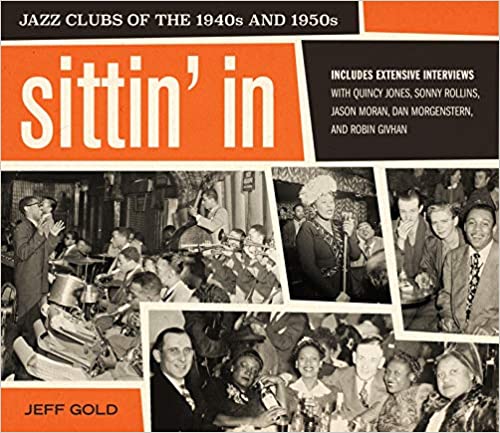
From the Grateful Dead to bluegrass ace Del McCoury, even international royalty like the King of Thailand, who joined the orchestra on alto sax, Preservation Hall is a revered and treasured institution.
Though its doors were closed during the pandemic, Preservation Hall has now reopened and concerts happening again, though they are currently only held Thursday-Sunday.
4. The Lighthouse - (30 Pier Avenue, Hermosa Beach, California)
The Lighthouse has been a premier spot for jazz on the West Coast since its opening in 1949. Though its prime period was from the '50s through the '70s, it's still open today. Its name was changed to The Lighthouse Cafe in 1981 when new management took over. The Lighthouse's original owner was John Levine. Jazz began there on Sundays as a recurring jam session in 1949. These quickly became so popular Levine made bassist/bandleader Howard Rumsey, who'd had the idea for the Sunday session, the club manager.
It became a staple of the West Coast sound in the 50s and '60s, but welcomed such musicians as Max Roach (house drummer in 1953), Cannonball Adderley, Miles Davis and Lee Morgan. It was the site of outstanding recordings by such artists as Mose Allison, Ramsey Lewis, Grant Green, Cal Tjader, the Modern Jazz Quartet and many others. It also had its own celebrated house band, the Lighthouse All-Stars. At various times the roster included Davis, Chet Baker, Gerry Mulligan, Bill Holman, Bud Shank and Shelly Manne. While it was never credited as such, the Lighthouse was most likely the place the fictional jazz club in the TV series "Peter Gunn" was based.
After Levine's death in 1970, his family sold The Lighthouse to Rudy Onderwyzer, manager and part-owner of Shelly Manne's club, "Shelly's Manne-Hole". Rumsey left "The Lighthouse" in 1971 to open the "Concerts By The Sea" jazz club in nearby Redondo Beach, and Onderwyzer sold the club again in 1981.
The new owners initially ended jazz concerts there, but since the mid-'90s, the Lighthouse has restarted live jazz on a two-day-a-week schedule. Just last month Resonance Records announced the release of "Lee Morgan - Live At The Lighthouse," a 12-LP, 8 CD set of his complete 1970 date.
5. The Keystone Korner - (First home, 750 Vallejo Street, San Francisco, 1972-183. Second location 2119 University Avenue, Berkeley, California. Current home, 1350 Lancaster Street, Baltimore, Maryland.)
Though it doesn't have the lengthy history of some other places on this list, the Keystone Korner has been a hot spot for great live performances and recordings in two different states and parts of the country since the early '70s. It began as a blues/rock club and topless bar originally owned by Freddie Herrera. Herrera, a movie and comedy buff, later changed the name from Dino and Carlo's Bar to the Keystone Korner, a reference to Keystone Cops, though probably more because it was located close to the Central Police Station on the opposite corner of Emery Lane than any staff deficiencies.
Songwriter Nick Gravenites is reportedly given credit for convincing Herrera to shift the focus from strippers, poets, and comics to live musicians, and in its earliest days, the Keystone Korner attracted a lot of San Francisco's top pop, rock and blues talent. The original location soon was deemed too small, and the club was shifted across the Bay to Berkeley, where it became the Keystone Berkeley. But things really changed when legendary DJ, writer, record label owner, and concert promoter (as well as 2018 NEA Jazz Master) Todd Barkan purchased it in 1972.
He envisioned it as a West Coast equivalent of the Village Vanguard, though he never said that publicly. But Barkan used his contacts and influence to attract the nation's top-line jazz artists. Playing at the Keystone Korner became as prestigious as anywhere on the jazz club circuit. But the constantly rising cost of California real estate, coupled with Barkan's desire to make the club principally an acoustic, mainstream jazz venue, eventually caught up with him fiscally. Barkan closed the West Coast Keystone Korner in 1983. But 36 years later, the Keystone Korner was re-launched. Barkan joined forces with acclaimed chef Robert Wiedmaier to form the Keystone Korner in Baltimore, and it's currently still going strong.
Like its other contemporaries, the list of essential recordings made at the Keystone Korner is a lengthy and impressive one. Just a few of the greats who've made LPs there include McCoy Tyner, Dexter Gordon, Bobby Hutcherson, Yusef Lateef, Stan Getz, Woody Shaw, Tommy Flanagan, Eddie Harris, Bill Evans, Art Pepper, George Cables, Freddie Hubbard, Cedar Walton, Buster Williams, Jaki Byard, Billy Higgins, Curtis Fuller, Sonny Stitt, Kenny Burrell, Eddie "Cleanhead" Vinson, Art Blakey, Wynton Marsalis, Tete Montoliu, Harold Land, and Abbey LincolSince mid-July the Keystone Korner Baltimore has presented live shows Wednesdays - Sundays.
By Ronn Wynn
Five Essential Jazz Clubs
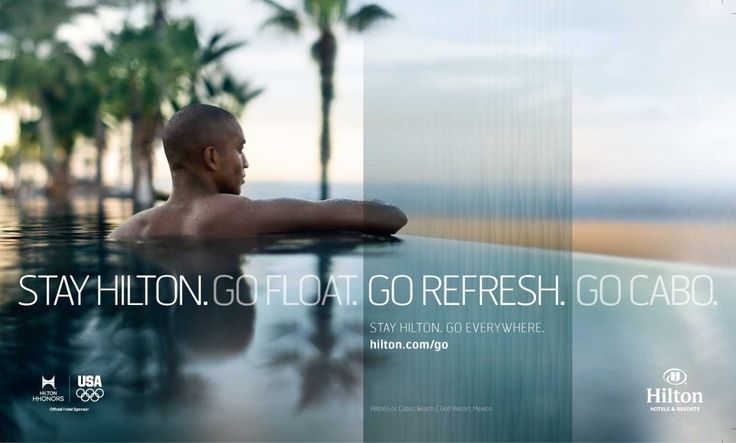
Popular Features
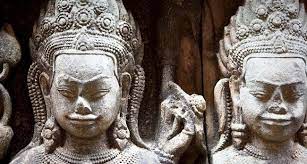
Great Black Kingdoms in Early South Asia
Travel
Art
Music
Food
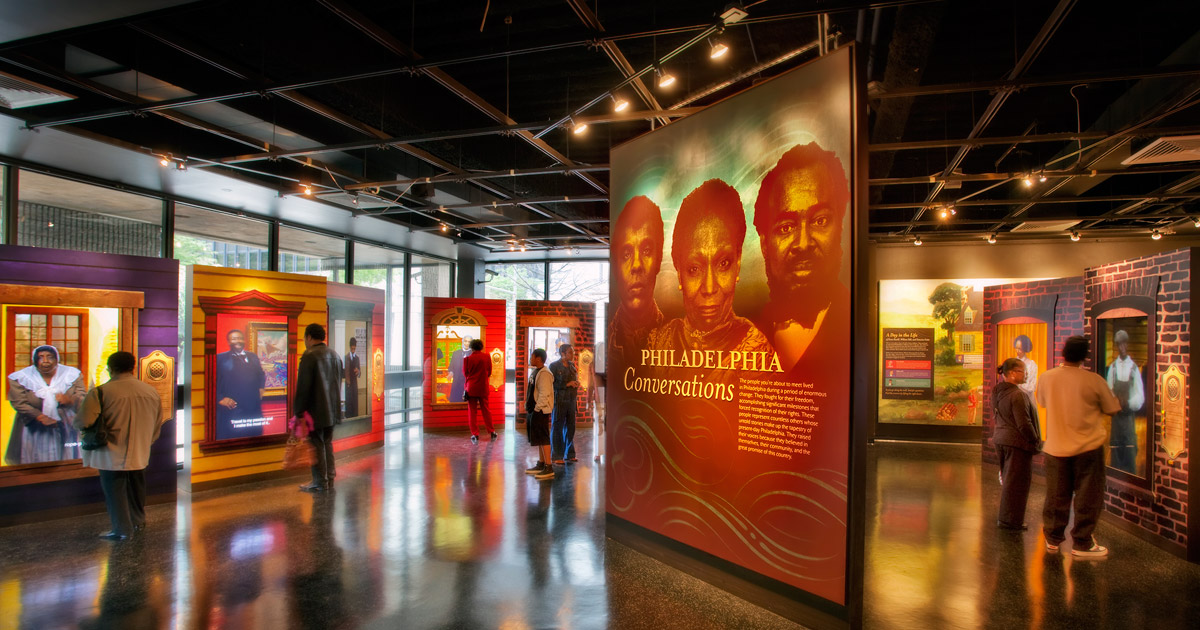
Destinations
Destinations for African American Heritage in Philadelphia
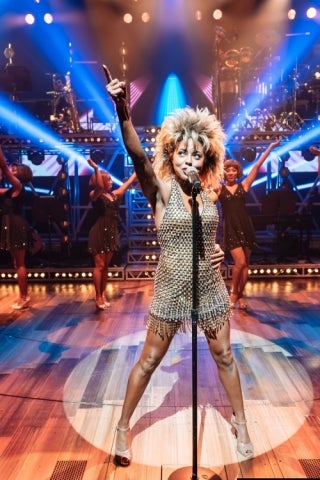
Black Theater
On and Off Black Braodway Plays You Must See
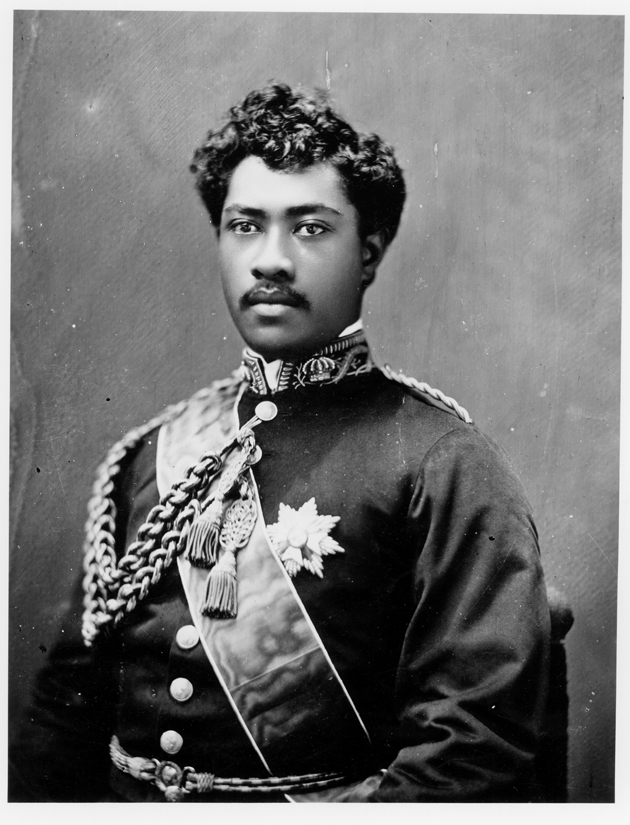
African Presence
Hawaii: Black Royalty in the Pacific